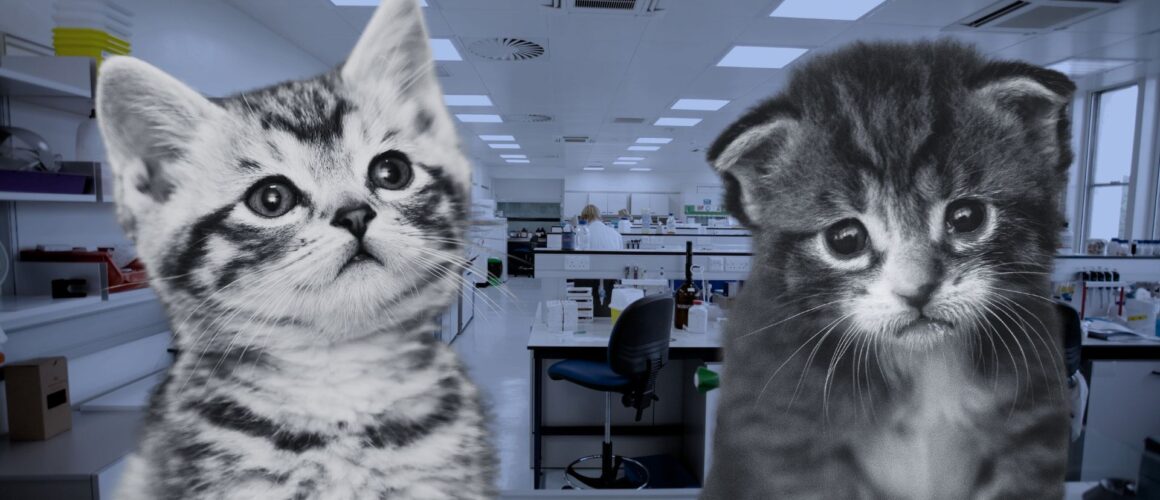Background
The Bionics Institute, in conjunction with The University of Melbourne, is continuing to conduct invasive cochlea experiments involving the deafening of cats, along with other species. The institute has conducted numerous studies in the past decade. The following is a non-exhaustive summary of some of the deafening experiments on cats, and other animals, for hearing research at the Institute. The institute has also performed research on cats in vision studies (see our link to our case study – Feline Model of Retinal Degeneration). In that experiment 4 cats received an injection of adenosine triphosphate (ATP) into the vitreal cavity of one eye disrupting retinal tissue.
A summary of hearing research conducted using animal models at the Bionics Institute can be downloaded here: Table of Bionics Institute research cats guinea pigs mice-web
Animal-Free Science Advocacy acknowledges that there is not currently a validated non-animal method that could be used to answer every research questions investigated by researchers at the Bionics Institute. There are also regulatory challenges for safety testing of medical devices without animal data. We commend the Bionics Institute for utilising non-animal methods to reduce animal use (Dalrymple 2020 – in vitro electrode coatings). However, we are strongly of the view that these invasive, prolonged and often fatal experiments on non-consenting kittens and cats are unethical and that the interests of cats need to receive higher prioritisation when balancing ethics approval. We will continue to lobby for other less invasive solutions, the development of non-animal approaches and regulatory change.
Relevance of Results
Cats and humans are vastly different species, and these differences extend to the structure and function of the ears. A study by Rattay et al. (2013) compared the anatomical auditory nerve differences between the two species in order to determine if results from the cat ear are really transferrable to humans. The study found a number of differences, as expected, and states the following:
“Shorter total lengths of SGNs in cat, thinner processes, smaller cell bodies and fundamental differences in myelination are obvious reasons not to rely on a cat model when signaling in human auditory nerve is discussed as these differences between the species may lead to important differences in auditory nerve function.”(1)
In their publication, researchers themselves acknowledge the limitations of translating animal results to the human condition. (2) acknowledging that implant materials, surgical skill, pharmacologic adjuncts can give differences within species. Further, the variability in age, sex and the various strains of animals suggest potential limitations in drawing conclusions from research. They also highlight the importance of “selecting robust animal models for survival and maintenance of implants” noting the specific issues that arise with using mice, guinea pigs and rats. They themselves raise the concern that most studies use young animals in implant research, yet it is older patients who are more likely to lose hearing, after implants. Additionally, most studies with cochlear implant animal models have used ototoxic drugs to induce hearing loss but with human patients, hearing loss tends to be caused by hereditary causes, noise exposure or infection.
Funding
Many of these research projects are funded by the National Health and Medical Research Council (NHMRC), the Australian Research Council (ARC), and in some cases, The Garnett Passe and Rodney Williams Memorial Foundation. The Bionics Institute has also been supported by the Victorian Government through its Operational Infrastructure Support Program.
Our position
Animal-Free Science Advocacy holds the position that:
- research data obtained from animal experimentation and extrapolated to human conditions is unreliable and ineffective, and delays progress for human health.
- animal-based research and teaching represents unnecessarily cruel, empirically compromised and unethical treatment of non-consenting sentient beings.
- the replacement of animals with validated non-animal methods will facilitate scientifically reliable, effective, empirically valid research outcomes.
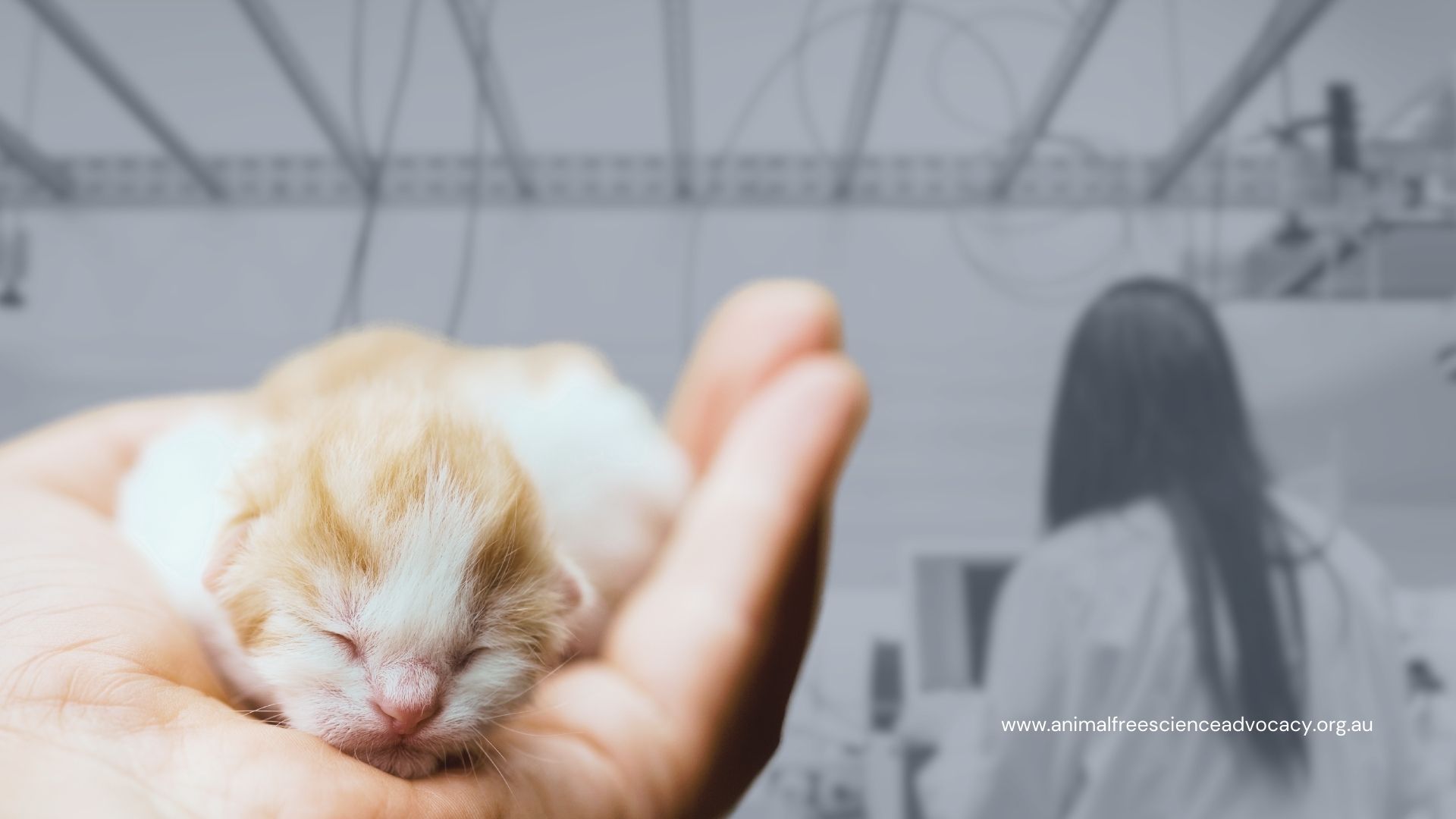
The Bionics Institute's statement on animal use
The Bionics Institute statement on the use of animals in research can be found at their page. – Bionics Institute
The Institute has signed the ANZCCART Openness Agreement on Animal Research and Teaching in Australia
Alternatives
Human Tissue Models
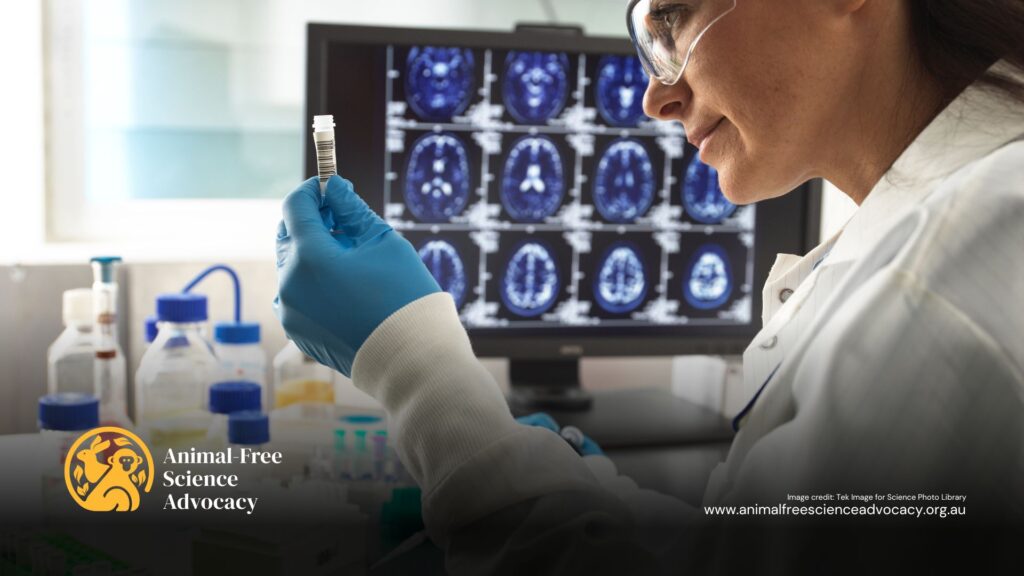
Dr. Ulises A. Aregueta Robles (researcher at the Graduate School of Biomedical Engineering, University of New South Wales) and his team at Cellink, as well as many others, see some key drawbacks with the use of animal models: intra-animal differences, long study periods, and a difficulty with extrapolating the results to human tissue responses. To overcome these issues within testing neuromodulation devices, and provide an alternative to animal testing, the team has set out to develop in vitro human tissue models. Here, they have created a model of human scala tympani, which can be used for testing cochlear implants. Further information about these developments can be found here at the Celllink website. The associated publication is here – Robles et al Biofabrication 2023 May 9;15(3). Growing human-scale scala tympani-like in vitro cell constructs
This gives an encouraging non-animal method of research related to chochlea implants.
Organoids
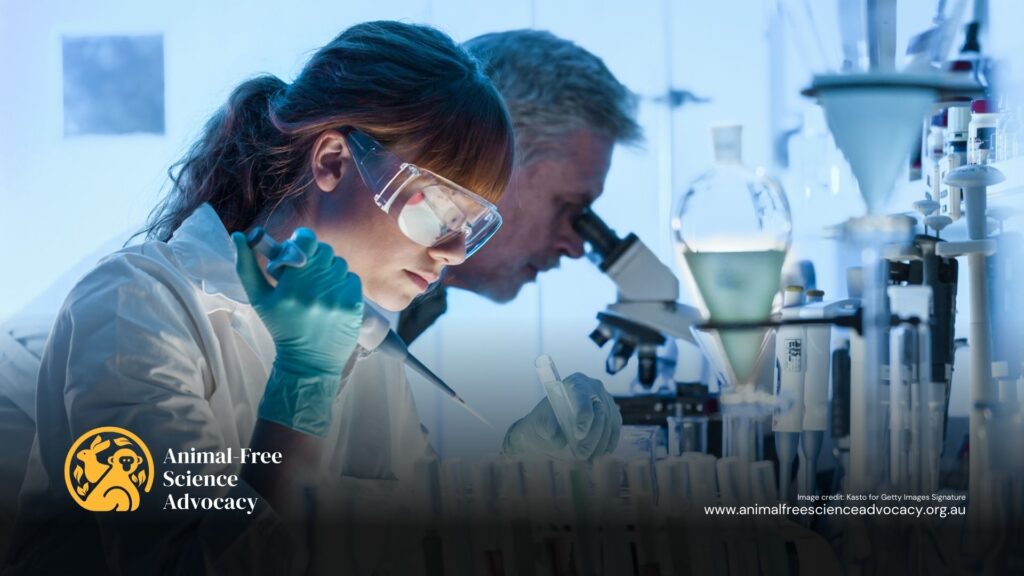
Miniaturised and simplified versions of an organ produced in vitro
Australian researcher, Wouter H. van der Valk, and others have, in their publication, Building inner ears: recent advances and future challenges for in vitro organoid systems provided a perspective on the status of in vitro inner ear models and guidance on how to improve their applicability in translational research. They note that new therapies such as inner ear organoids could be a useful tool to accelerate therapeutic discovery. This publication provides hope with inner ear organoids having the ability to recapitulate neurosensory function and dysfunction.
Further examples of non-animal methods which could be utilised for hearing loss research can be downloaded here: Examples of alternatives to use of animals in hearing loss research.pdf
Less Invasive Methods
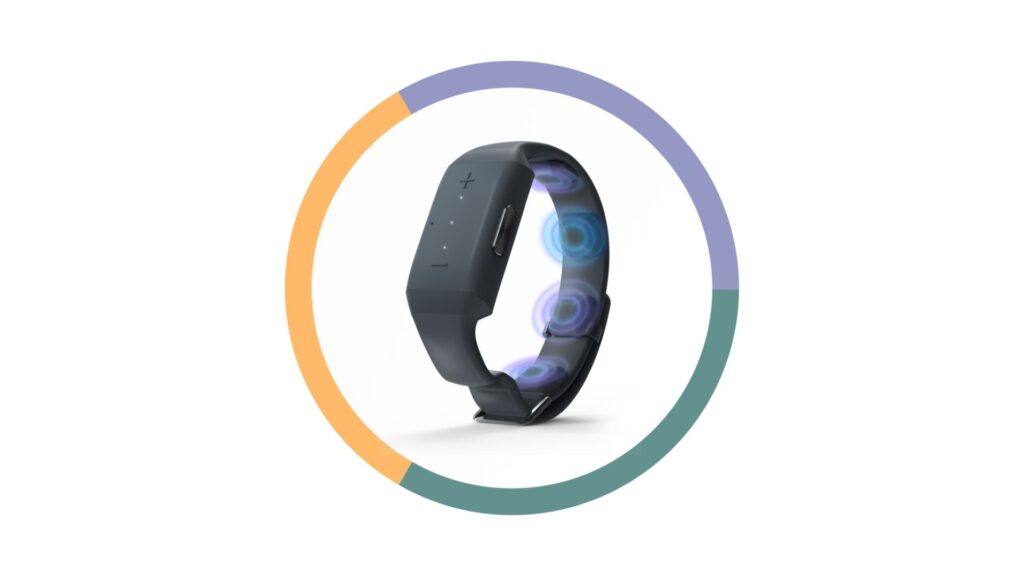
Sound-to-touch products are a less invasive product such as wrist bands are available and an option for some patients with hearing loss.
Neosensory is one such company that creates neosensory products and does not test their products on any animals. For example, a wristband which listens to surroundings and provides information to the brain via over 4 billion patterns of vibrations on the skin.
What you can do
Sign the petition to call for mandatory rehoming of cats and dogs
While the Australian code for the care and use of animals for scientific purposes encourages rehoming, and despite support and approval for rehoming, such practices are not always taking place, presumably because the practice is not mandated. As a result, hundreds of healthy dogs and cats are being killed for no reason when a solution exists.
Please also refer to our Right to Release Campaign page to sign a petition to Australia’s state and territory governments seeking the mandatory rehoming of healthy cats and dogs after their use in research.

Please write to the following
- Vice Chancellor, University of Melbourne. Email : vc@unimelb.edu.au and voice your concerns about the number of cats subjected to this research every year, you can question the relevance of the research to the human condition.
- CEO, Mr Robert Klupacs, Bionics Institute. Email: rklupacs@bionicsinstitute.org seeking an assurance that the Bionics Institute will make all endeavours to rehome cats that have been used at the Institute.
- St Vincent’s Hospital (Melbourne) Animal Ethics Committee. Email: research.ethics@svhm.org.au asking that these types of unethical experiments be no longer approved.
Please also write to the following funding bodies to ask why they are funding the use of animals in experimental procedures when these animals do not appropriately model humans, and to voice your concerns about the number of cats subjected to this research every year. Seek funding be allocated to reliable non-animal methods of research including postmortem studies on patients who had cochlear implants. This area of research and associated funding has been very limited (if any).
Professor Steve Wesselingh, CEO
National Health and Medical Research Council
GPO Box 1421
Canberra ACT 2601
Email: nhmrc@nhmrc.gov.au
Australian Research Council
GPO Box 2702
Canberra ACT 2601
Email: info@arc.gov.au
Support Charities that do not use animals
Please refer to our website Humane Charities List which provides a number of organisations that provide help or assistance to those who have hearing impairments and who do not support or engage in anim al research. For example, at our Humane Charities page you will find charities related to hearing such as Expression Australia Deaf Children Australia and Tarayle.
al research. For example, at our Humane Charities page you will find charities related to hearing such as Expression Australia Deaf Children Australia and Tarayle.
References
1. Rattay, F, Potrusil, T, Wenger, C, Wise, A, Glueckert, R, & Schrott-Fischer, A 2013, ‘Impact of Morphometry, Myelinization and Synaptic Current Strength on Spike Conduction in Human and Cat Spiral Ganglion Neurons’, Plos ONE, 8, 11, p. 1
2. Reiss, L. A.J. et al ‘Animal Models of Hearing Loss after Cochlear Implantation and Electrical Stimulation’
